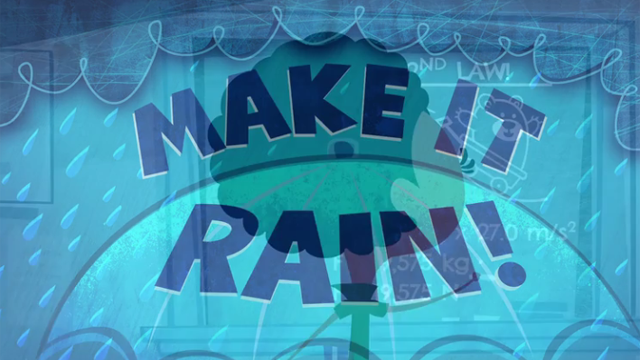[media-credit name="Smithsonian" align="alignnone" width="640"] [/media-credit]From the secrets of slime to to an exploration of rain, use these resources from PBS to engage your students in the great outdoors while learning. Sign up for a free PBS LearningMedia account to access thousands more educational resources from PBS and partners. Build interactive lessons and quizzeswith PBS tools to create media rich teaching and learning opportunities in your classroom.
[/media-credit]From the secrets of slime to to an exploration of rain, use these resources from PBS to engage your students in the great outdoors while learning. Sign up for a free PBS LearningMedia account to access thousands more educational resources from PBS and partners. Build interactive lessons and quizzeswith PBS tools to create media rich teaching and learning opportunities in your classroom.
Secret of the Slime | Video | Grades 6-12
Beneath the towering redwoods lives one of the most peculiar creatures in California: the banana slug. They’re coated with a liquid crystal ooze that solves many problems slugs face in the forest–and maybe some of our own.
A Nature Hike | Video | Grades PreK-K
Come on a nature hike with Evie as she explores the woods in her real neighborhood. Carefully Evie and her nature guide explore off trail, looking at plants using a magnifying glass and searching for creatures in a nearby creek.
Earth’s Endangered Species | Images | Grades K-8, 13+
This collection, featuring photographs of endangered species, may be used to support curriculum on endangered and at risk animals within the context of interdependent relationships and ecosystems for grades K – 8. The photos are of a variety of animal species that are considered endangered or at risk according to the conservation status of species classified by the World Wildlife Fund and the IUCN Red List.
Plum Landing Collection | Videos | Grades 1-4
This environmental education project from WGBH invites elementary students to virtually visit ecosystems around the world and then to head outdoors to explore their own ecosystems. The resources—aligned with the Next Generation Science Standards—immerse students in content topics and science process skills.